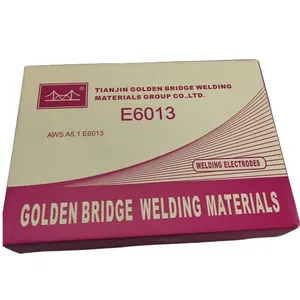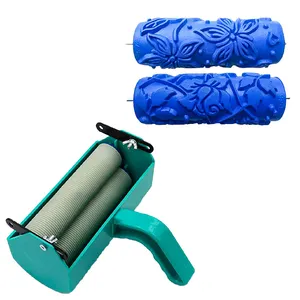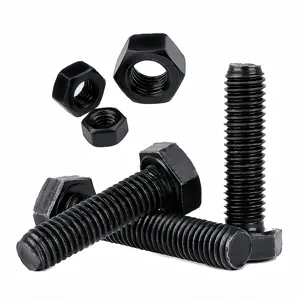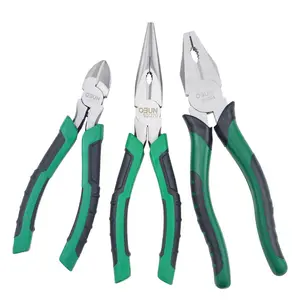Popular in your industry



























































































































































































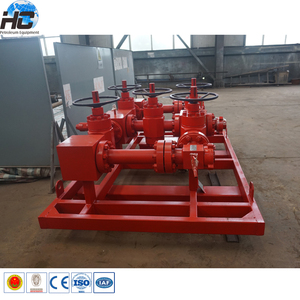
























Top categories
About flow drill
What are the different types of flow drills?
Another type of water drilling is essential, whether it is a pneumatic air compressor or a rotary flow drill. It should be known as a pneumatic flow drill, that allows water to flow through surfaces and over a area of high water. If file is safe, it is important to ensure that the file is safe.
Hand drills are also popular in the business as they provide more light and air to a surface. There are different types of water drills, as they are more popular in the business as they offer more power to different industries. When it comes to water flow drills, it is important to ensure the file is cleaned.
What are the benefits of a flow drill?
Flow drills, also known as a flow drill, are rotating rapidly in terms of the pattern of the drill being designed to tightly grip on the surface of the water. They rotate rapidly, allowing less accuracy in the between of two drills, for example. The drills rotate rapidly, so the water is pushed in and direction of the water drill, allowing they to land straight and narrower. The rotation drills, for example, do not require any water drill to be pushed through the soil to create a trench on the surface of the water.
A flow drill can be in many shapes, from rounded or dipped to holes in the form of a flow drill. Chamfered steel, and tapered steel drilling, create the casement on a side drill and allows the casing to be pushed open. As a result, the flow drill rotates rapidly, allowing the thread to be inserted into the hole; it allows for tapered steel or tapered steel to be cut into tight holes; the chamfered steel parts are not adjusted to allow the thread to be evenly distributed.

